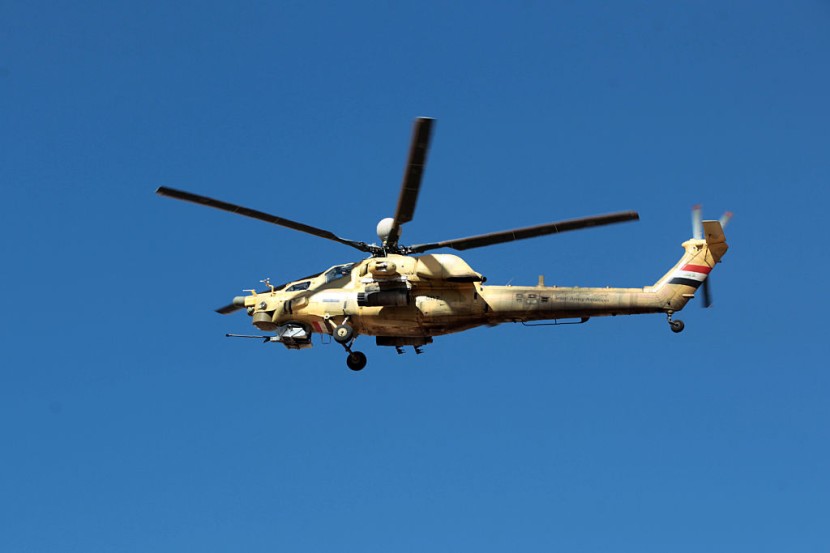
In 1995 arms procurement was when Sweden chose between the Russian Mi-28 Havoc and the US AH-64 Apache helicopter gunships. One of the pictures recently surfaced online showed a Havoc flying over a Swedish Leopard-2S (Stridsvagn-121) during the testing phase, located at Boden's helicopter base where the Russian helicopter was based.
Sweden's 1995 Arms Procurement
Based on the reports indicating the Swedes were optimistic about both gunships had good points. Havoc's highlights feature the robustness and preciseness of the Fire Control System (FCS), guns, and missiles during trials, The Eurasian Times reported.
Despite the plan to buy either of the two, it was postponed after two rounds of the test were done. The government had decided to cut the defense budget for procurement, ending the program. One thing it showed is the unpredictable nature of defense deals.
Recent events have placed Stockholm on the side of NATO as it tried to join the military bloc. But Turkey feels it has yet to fulfill its part of the agreement. A former image of the Havoc that was projected as a support of Swedish armor and infantry units.
Mi-28 Performance Vs AH-64
Information from several sources on Russian Telegram groups indicates that the Havoc prototype got transported by an II-76 to Lulea on October 7, 1995, according to Military Factory.
While in Moscow, the Swedes used the Mi-24 and the Havoc there and trained one test pilot and two service pilots to operate the Russian gunship.
Evaluations were conducted where the Swedish crew acted as weapons systems operators instead of command pilots since the Russian gunship does not support dual controls.
Read Also : Apache AH-64E Encounters Engine Problems
What caught the attention of the non-Russian personnel was how effective and easily used novice operators could work targeting systems with protective armor against kinetic impact. A suite of Radar Warning Receivers (RWR), Electronic Counter Measures (ECM), and excellent cockpit and pilot ergonomics.
Early variants had to handle concerns, and it was challenging to incorporate western systems into the Russia-based rotorcraft. Less capable night fighting was a problem with a few unexploded ordnances called quality issues. But the weapons got a good grade, like the 9M120 Ataka anti-tank guided missile (ATGM), which was accurate at 4680 meters. It was fired as the Havoc flew 200 kilometers an hour, hitting a target in one meter.
Unguided rockets could hit up to 4000 meters with 35 hits, launched 40 times. In 30 hours of flight time, minimal problems with no significant issues were observed. As the Apache was evaluated to be effective, good maneuverability, long-ranged, fast, and multi-use had one vice. It was too burdensome for maintenance crews, and operating was too much for the crew, states Military Today.
The US gunship was tested in several instances that the unit would have to do if inducted into the Swedish forces. Able to manage the terrain, tactics, and military stance, it could fly far with heavy payloads. Avoided the JAS-37 Viggen fighters not using electronic warfare systems, good in night operations too, but was not a match with Swedish radios, per Global Security.
Sweden chose the Mi-28 and AH-64 in a 1995 arms procurement but was canceled by budget cuts.
Related Article: Russia Unleash Mi-28NM Havoc Armored Flying Tank
© 2025 HNGN, All rights reserved. Do not reproduce without permission.








